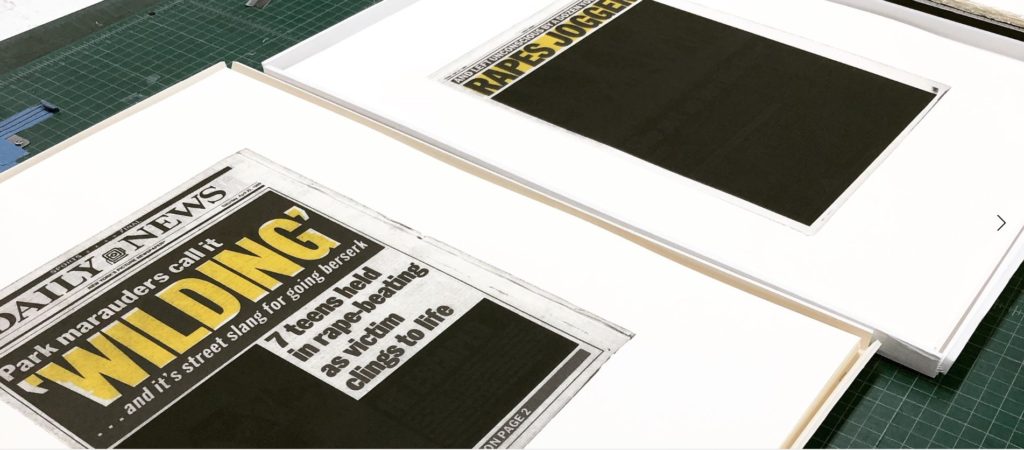Whitney Biennial Runs Through September 22
New York City’s Whitney Museum of American Art is holding its Biennial now through September 22, 2019. It features 75 artists and collectives working in painting, sculpture, installation, film and video, photography, performance, and sound.
The Whitney Biennial is the longest-running survey of American art, dating back to 1937. Held every two years, the show offers a snapshot of contemporary art in the United States. The Whitney Biennial is unique in that it features established names alongside up and coming artists. More than 3,800 artists have participated in a biennial or annual at the Whitney Museum.
The 2019 Whitney Biennial is organized by Jane Panetta and Rujeko Hockley, with Ramsay Kolber. In their curatorial statement, Panetta and Hockley stated:
Often described as a snapshot of art in the United States, the Biennial brings together work by individuals and collectives in a broad array of mediums. Over the past year and a half—an undeniably intense and polarized time in this country—we made hundreds of studio visits. While we often encountered heightened emotions, they were directed toward thoughtful and productive experimentation, the re-envisioning of self and society, and political and aesthetic strategies for survival. Although much of the work presented here is steeped in sociopolitical concerns, the cumulative effect is open-ended and hopeful.
The artists selected to participate in the 2019 Biennial are diverse. The majority are people of color and two-thirds are women. The survey also features many emerging artists — nearly 75 percent are under 40, and 20 of them are under 33.
As in years past, the art featured in the Whitney Biennial is varied. However, central themes emerge across the exhibition. As described by the curators, the key issues for 2019 include the “mining of history as a means to reimagine the present or future; a profound consideration of race, gender, and equity; and explorations of the vulnerability of the body.”
One of the artists generating attention is Alexandra Bell. Her series, No Humans Involved: After Sylvia Wynter, features articles about the 1989 Central Park Five case from the New York Daily News. Bell highlights headlines and body text and redacts photos to draw attention to the lack of journalistic objectivity and to highlight how journalism can perpetuate racialized violence. The series culminates with the full-page ad that Donald Trump personally took out to demand that the accused young men be given the death penalty.
The Whitney Museum of American Art is located at 99 Gansevoort Street, New York, NY. Additional information is available at whitney.org.

